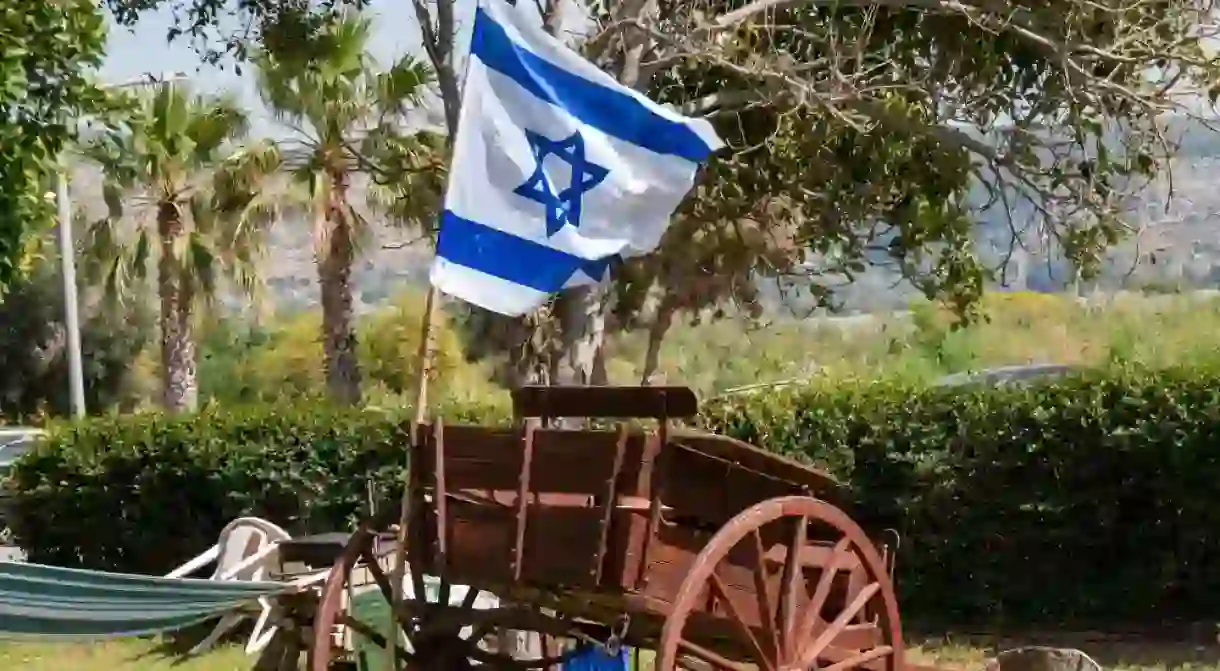The Must-Visit Kibbutzim In Israel

The kibbutz movement represents one of most iconic movements of modern Israel’s history. There is an aura of spiritual authenticity that still pervades over the kibbutz image. We check out the most groundbreaking kibbutzim.
Ein Gedi
Botanical Garden

Samar
Park

Palmach Tzuba
Hotel

Degania Alef
Architectural Landmark
Founded in 1909 during the Ottoman Empire period, Degania Alef started with a population of 12: 10 men and two women. Some of the most important figures of Israel’s history were born or lived here, including such heroic personalities such as Joseph Trumpeldor or Moshe Dayan. Degania Alef successfully privatized in 2007, a decision that changed the face of the kibbutz forever. However,it maintains a social safety net for its inhabitants. Many other kibbutz followed its example during the same period. Degania is also the protagonist of a documentary by Yitzhak Rubin, entitled Degania: The First Kibbutz Fights Its Last Battle, which ignited debate around privatization within the Israeli society. With its long history and a future that seems secure, Degania deserves a visit as a milestone in the kibbutz centennial experience.
Ein Harod
Architectural Landmark

Sde Eliyahu
Market

Balfouria
Architectural Landmark
Balfouria was the first village to be founded after the Balfour Declaration and is not a kibbutz, but rather what is termed a moshav. In these communities, industrial production is handled collectively, but the basic unit of these settlements are the household farms. It’s not unusual to find open-door hospitality among these hard-working families. Slightly northeast of this Jezerel Valley moshav, lies an ancient hill, springs and remnants of the valley’s swamps. This area was declared a nature reserve in 1979 and is worth a visit as well. Several organizations exist that help kibbutz volunteers and visitors find their most appropriate base. WWOOF is one of the most popular ways for tourists to find their perfect agricultural match.













